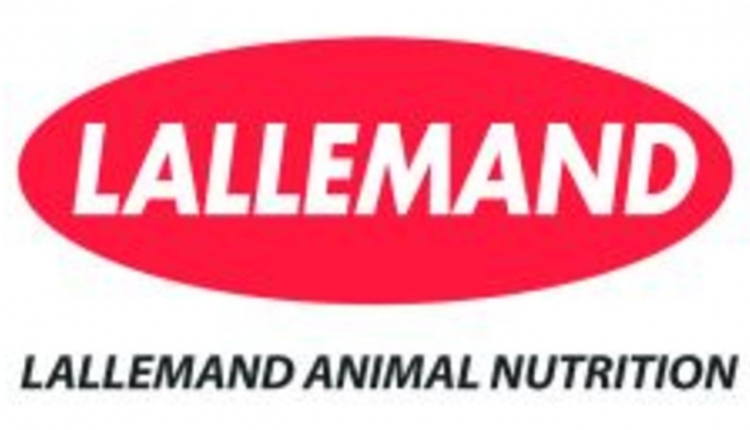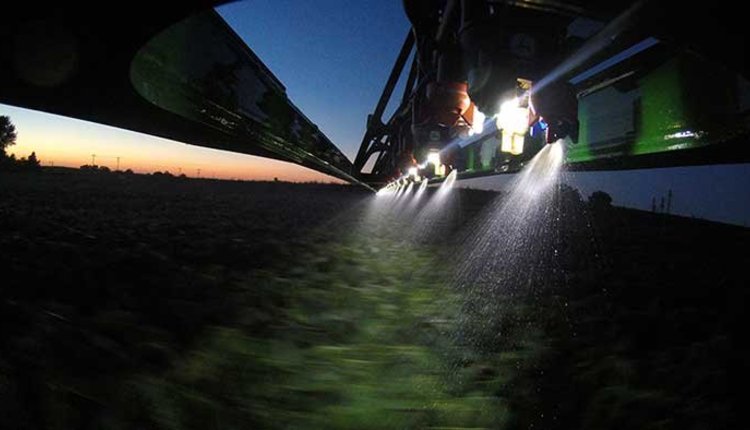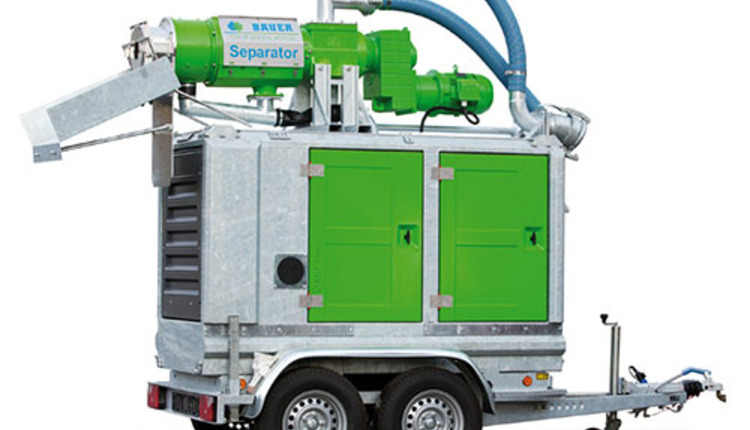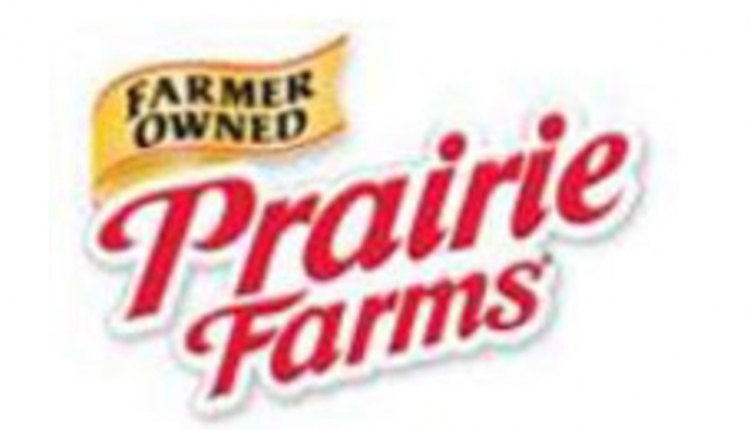By: Dr. Jon Pretz, Dairy Nutritionist and Dr. Sarah Schuling, Dairy R & D Nutritionist

Key Points:
- Cows begin to experience heat stress at Temperature Humidity Index of 68
- Sprinklers over the feedbunk with fans is the best way to keep cows cool in barns
- Minimizing the effects of heat stress on your herd through management and nutritional interventions will help keep you profitable this summer and beyond
Heat Stress by the Numbers. Heat stress comes around every year when the temperatures start climbing. Our knowledge of the impact of heat stress on herd performance and the efficacy of heat abatement strategies continues to progress. Here are some important heat stress numbers to consider:
- > 68: Temperature Humidity Index (THI) where mild heat stress begins in dairy cows
- 80: the THI where moderate to severe heat stress begins
- 10-25%: decrease in milk production
- 4: lbs of milk/day that will be lost due to increased standing time
- 1,000-2,000 lbs: reduced milk yield in the lactation after dry cows experience heat stress
Declines in intake and milk production are the most notable effects of heat stress on the dairy. However, heat stress can have negative impacts on reproduction, lameness, and immune function. Recently, researchers have found that heat stress negatively compromises the intestinal wall of the animal which allows for increased absorption of bacteria and bacterial components which is termed, "Leaky Gut". The leakage of bacteria into the blood supply initiates an inflammatory response that may, in addition to lowered feed intake, explain the decreased milk production due to heat stress. Identifying flexible management strategies through nutritional supplementation can help to decrease heat stress susceptibility.
Heat abatement through management: By far, proper evaporative cooling systems are the most effective means to controlling moderate to severe heat stress in dairy cattle in low humidity climates. Other management options to consider are:
- Extra emphasis on clean and abundant water and stalls in the summer months
- Feed during cooler periods of the day to minimize heating of TMR
- Make sure dry cows and replacements have access to shade
Dietary adjustments to reduce the impact of heat stress on cattle:
- Feed more digestible forages to high production cows which will reduce heat produced during digestion
- Increase dietary bypass fat, K, Mg, niacin, and fat soluble vitamins (A, D, E)
- Consider additives such as ThermoCAD which include potassium, yeast, direct fed microbials, Tasco®, and other ingredients to aid in decreasing heat stress
- Supplement Rumensin to increase glucose availability and stabilize rumen pH
- Utilize rbST to partition nutrients towards the mammary gland.
For the complete article on Helping Cows Stay Cool read our May Dairy Solutions E-Newsletter
6.03.2016








